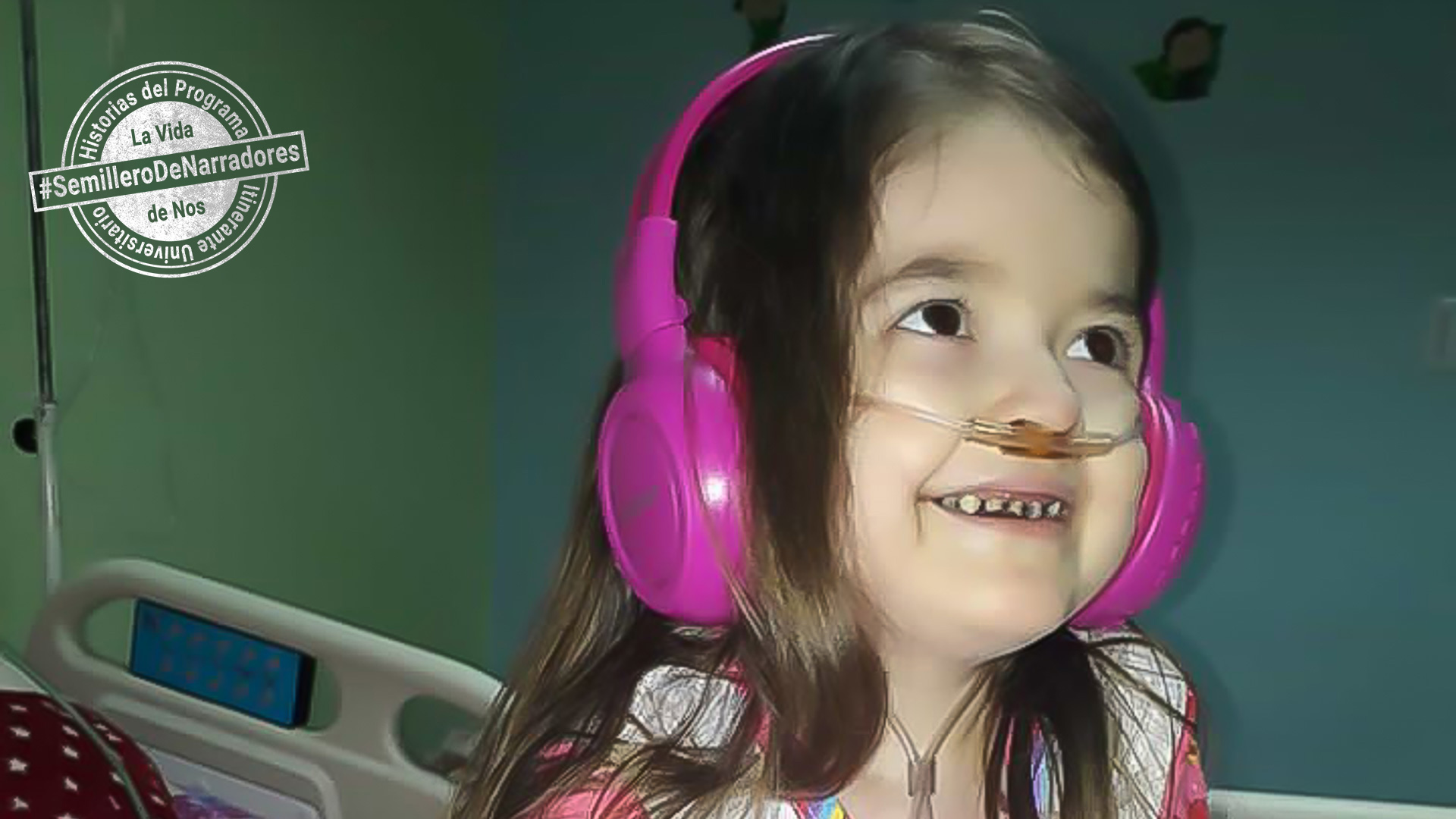

 Little Gaby is afflicted by two types of lung disease that keep her hooked up to a machine so she can breathe. But the device runs on electric power, and when the lights went out in La Grita, her family had to rush her, much like in an action movie, to wherever they could find electricity to keep her alive. They now have access to a power plant, but what the girl needs to feel that there is hope for her seems still a long way off.
Little Gaby is afflicted by two types of lung disease that keep her hooked up to a machine so she can breathe. But the device runs on electric power, and when the lights went out in La Grita, her family had to rush her, much like in an action movie, to wherever they could find electricity to keep her alive. They now have access to a power plant, but what the girl needs to feel that there is hope for her seems still a long way off.

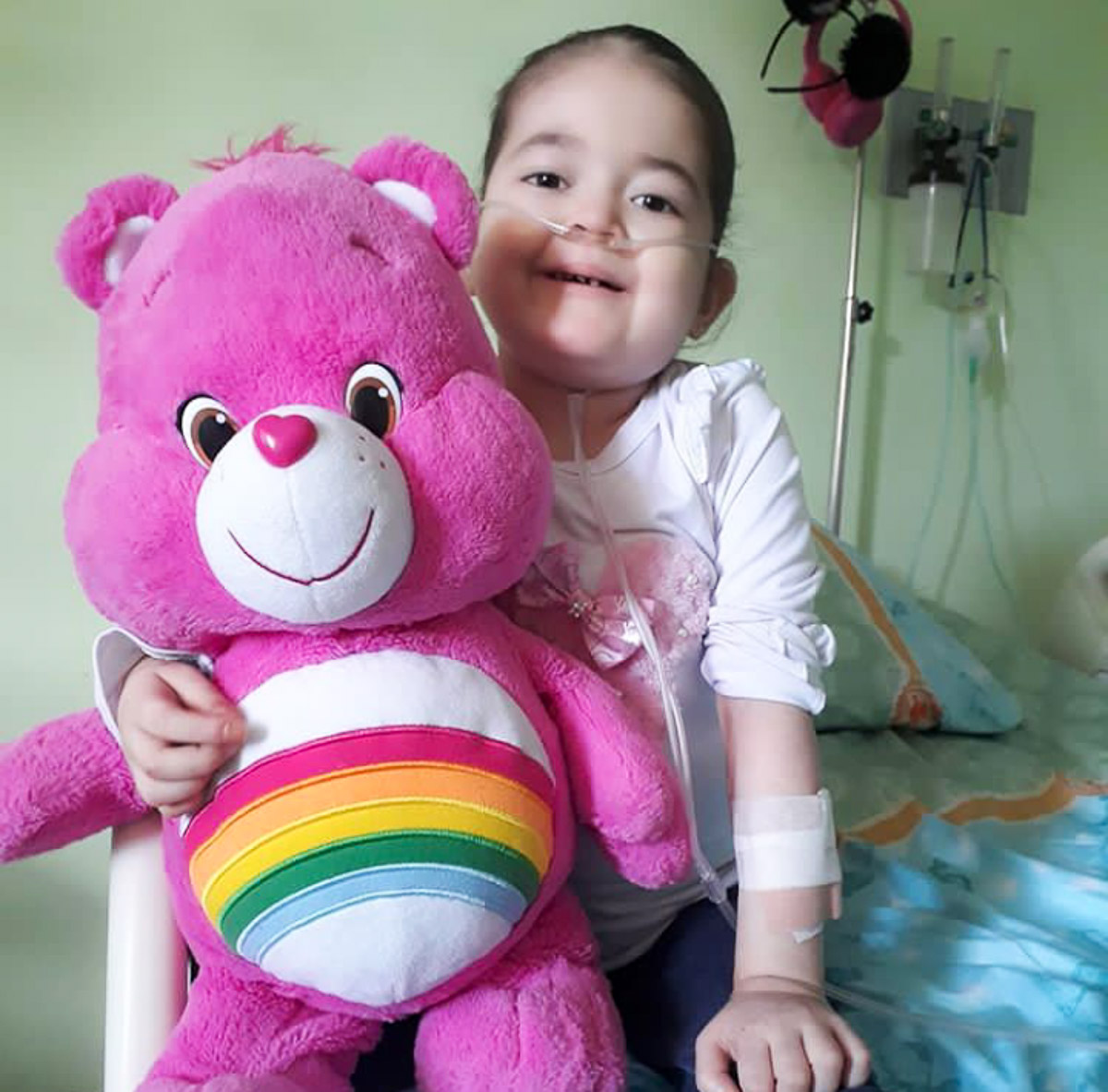
It was past 11:00 p.m., and Jesús and María Alejandra were trying to get some sleep inside their car. Everything was calm, but the buzzing of the power plant feeding the machine that keeps their daughter María Gabriela alive echoed into the vehicle. They were a long way from their home in La Grita, where the power outages made them live in constant fear, filled with dread that one day the girl could run out of oxygen. But the nightmare haunted them all the way to Mérida.
The power went out at 10:40 p.m.
The couple was staying at a friend’s house, and the noise of the plant, which they had to turn on inside the apartment itself, disturbed the neighbors. Spending the night in the car added to the list of ordeals that they have had to endure from the time when María Gabriela Avendaño was a newborn —she is now seven— and she began to show symptoms of two chronic diseases for which there is no cure.
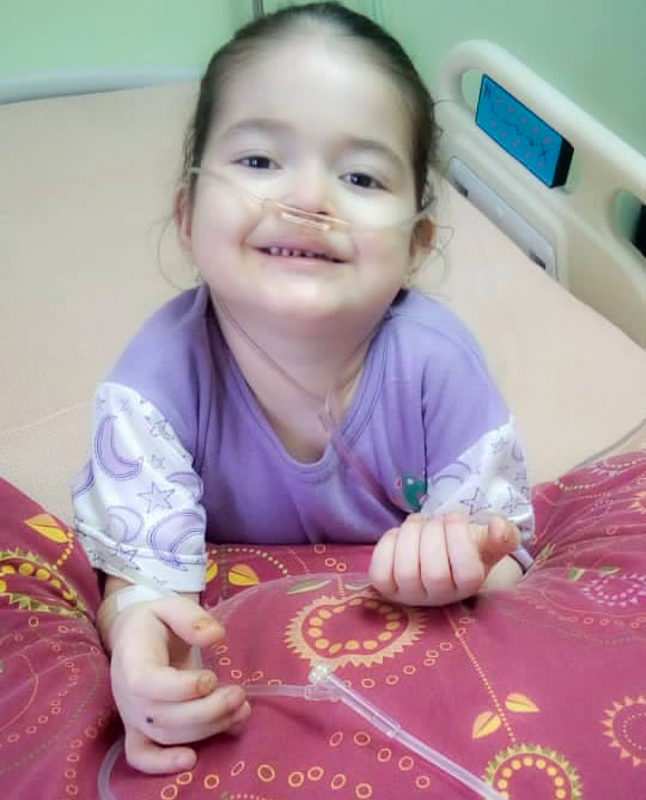
Gaby, as her parents call her, began experiencing trouble breathing when she was eight months old. Her family used to live in Táchira’s Seboruco municipality. When they moved to La Grita, a city that rises more than 3,280 feet above sea level, they thought that her condition was altitude-related.
After Gaby’s first birthday, the trips to the hospital would become a regular occurrence, without it being clear to her parents what was wrong with her. She was growing up and there were no signs of improvement. She would get tired when she waked; she would sweat and get exhausted when she tried to run. Time and again, her parents took her to San Cristóbal to healthcare centers such as the Centro Clínico and the Policlínica.
The diagnosis, which ranged from bronchiolitis to pneumonia, led the specialists to treat the symptoms with the drugs that are normally prescribed to fight the two disorders. However, since the problems persisted, they decided to go to Mérida for a second opinion. That is when they finally found out what the real condition was: cystic fibrosis of the lungs. It is a rare disorder where the tissue in the lungs stiffens and becomes scarred over time. The only possible solution is a lung transplant.
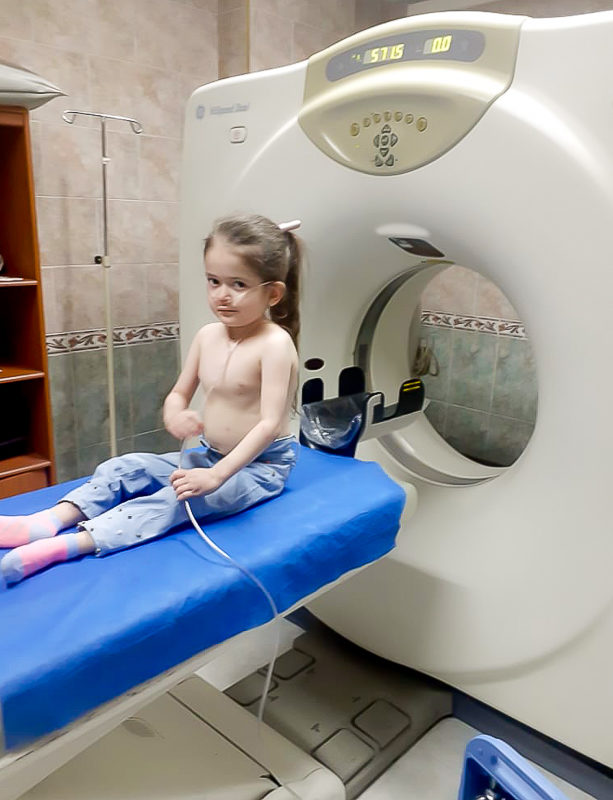
That kind of procedure is not performed in Venezuela, but even if it were, it would have to be ruled out for the moment in Gaby’s case because of her young age. One would have to wait until she is eight years old for her lungs to finish forming.
In addition to the blow that Jesús and María Alejandra were deal that day, the thought that the wrong treatments had made their girl’s condition worse would add to their pain. Even so, aware of the challenges ahead, they focused on doing whatever they could to help their daughter lead a normal life. They would think, for instance, of the day when Gaby would start school and that they would have to help her with her breathing problems somehow.
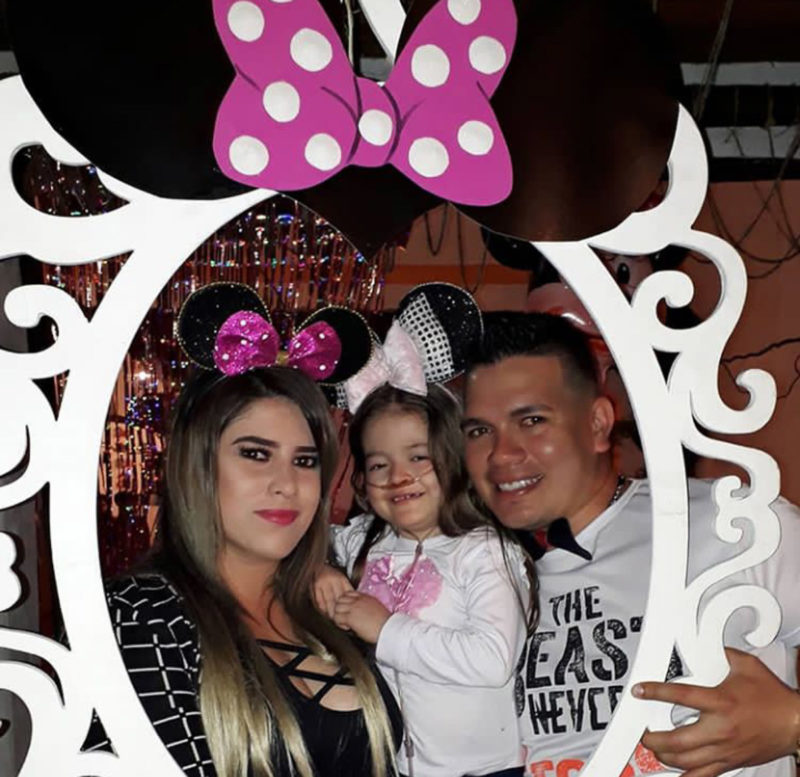
By mid-2016, Gaby’s condition worsened. She was with her mother visiting a relative in Cúcuta, Colombia, when she had a severe respiratory distress episode. Her mother, with little resources available, did not know what to do. Their only option was to return to Venezuela, she thought. Still, she rushed the girl to a hospital, but they refused to admit her because she had no money to pay for the expenses.
However, representatives from Bienestar Familiar, the country’s authority for the protection of children, appeared at the hospital. María Alejandra explained to them how serious her daughter’s illness was and could finally have the girl admitted. And, as luck would have it, through a contact that María Alejandra had in Colombia, Gaby received for free the treatment that she needed to alleviate her respiratory distress.
Back in Venezuela, the three of them —mother, father, and daughter— returned to Mérida for a new doctor’s opinion on the breathing problems that suffocated little María Gabriela more and more often.
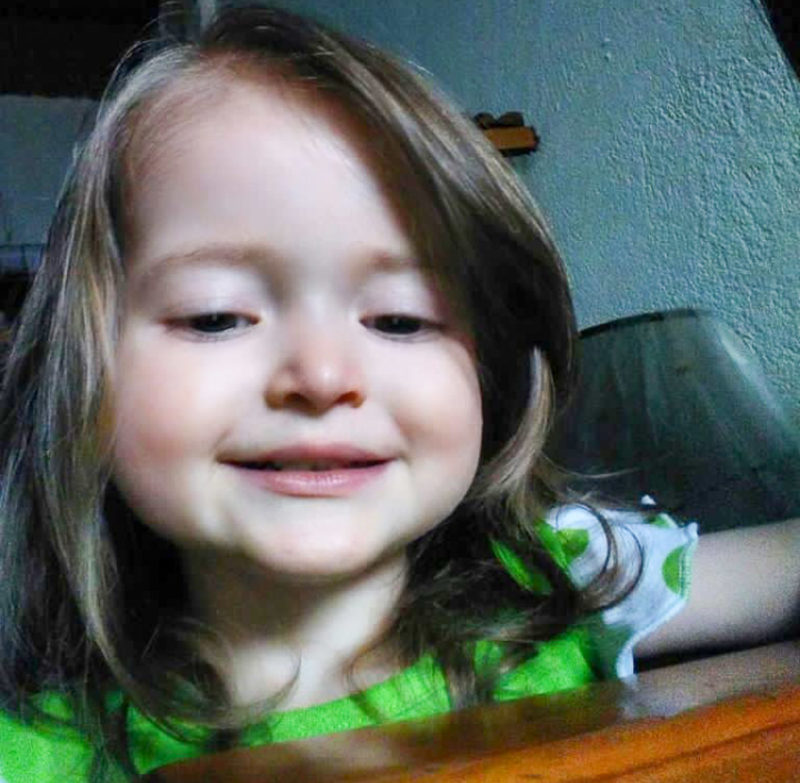
But again, beyond the fibrosis, the doctors could not explain why the girl was experiencing such a progressively intense shortness of breath with even the slightest activity.
The three went on with their lives as they could, though there was no stop to their constant trips to the hospital, which as of December involved a tour of all the centers in the city. That was until January of 2019, when Gaby suffered a crisis so severe that she had to be hospitalized for 22 days at the University Hospital of Mérida. It was there that they finally discovered that, in addition to the cystic fibrosis, the girl had also developed severe pulmonary hypertension, and that the only solution was a double-lung transplant.
This new disease, they explained, was caused by increased pressure in the lung arteries, which forced the heart to work harder in order to be able to pump blood. The condition had been already in the making simultaneously with the pulmonary fibrosis.
Without a lung transplant, the doctors said, the girl had three years to live.
María Alejandra and Jesús did not know what to do to cope with the situation.
In light of the new diagnosis, they recommended that Gaby begin using an oxygen concentrator that operates with filtered water to assist her lungs. The water condenses into steam, which passes through a thin tube that is attached to the girl’s nose so she can breathe.
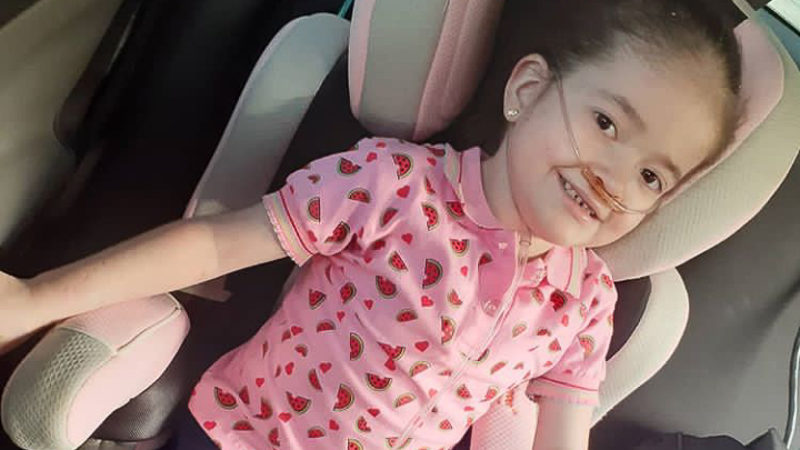
Her parents managed to get a first concentrator, to which Gaby immediately became accustomed. It was not easy. It was a machine that worked on electrical energy and to which Gaby had to be connected day and night.
What seemed to be the relief for her ills was just the beginning of the inconveniences that they would have to face to keep the girl connected.
On March 7, 2019, a blackout spanned across the entire country. Táchira, like 21 other states, was left without electricity, and remained so for at least 72 more hours. It was a time that kept Gaby in bitter suffering, as she could not connect her the device.
Her parents tried to keep her calm so she wouldn’t feel agitated. She would sleep all day long, trying not to think about her lack of air. They struggled to keep her mind off it as they waited for those rare moments when they could get the owner of a food store to lend them his electric plant so they could plug, just for a few hours, the machine that meant their daughter’s life.
Other neighbors with power plants offered theirs to the family upon learning about Gaby’s disease.
During those days, the oxygen saturation in her blood dropped to below normal. At the same time, her blood pressure spiked to dangerous levels.
After that nationwide mega-blackout, the state of Táchira was subject to repeated power cuts, as were other states in the country’s western region. In the months of April and May alone, the outages lasted six to eight hours… every day. Sometimes people would be left without electricity for up to 12 hours, which caused substantial commercial losses and compounded to the crisis in the hospitals that relied on the service to take care of patients.
In Gaby’s case, days go by in a race against death. Since September 2019, the cuts at La Grita were scheduled to three hours a day, but they may last up to six hours… which was predictable in a way because, if the service is cut off at noon to half of the city, the other half knows for sure that their turn would come up at 3:00 p.m.
So whenever the Agua Díaz sector, where they live, is left in the dark, one can see her parents get the car ready, in a hurry, to drive the girl to the lit side of the city. They put her in the car, who would be screaming and crying, and next to her the machine she needs to breathe. And off they go to the other side of La Grita.
Ever since then, Gaby suffers a whole lot more because she knows that when the power is cut, her breathing begins to weaken. And she is plunged into a state of anxiety that takes hold of her and scares her, and she screams and kicks in order for all to see her desperation and hurry to relieve her discomfort.
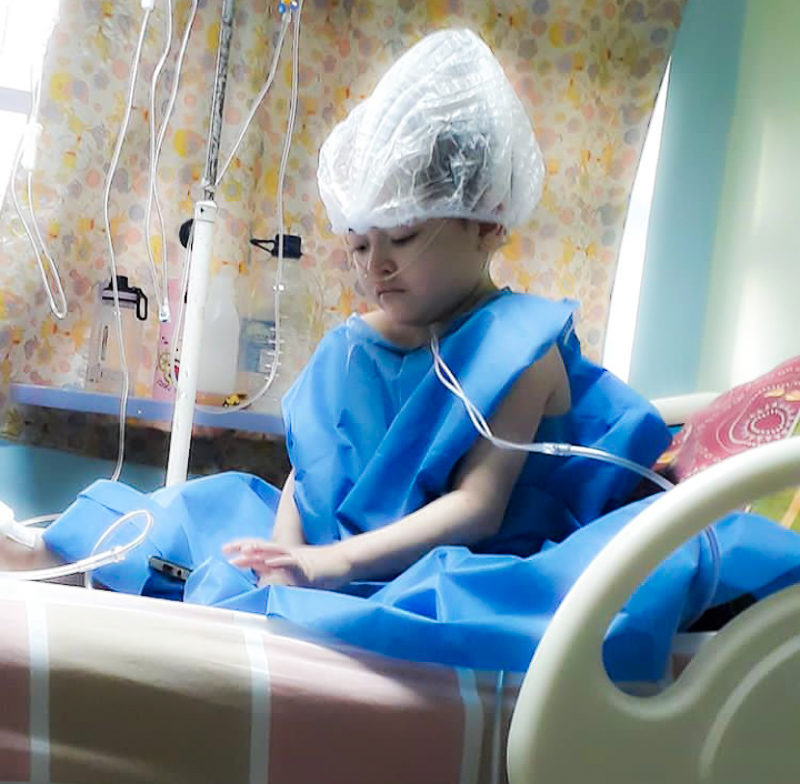
In addition to the difficulties involved in moving around with the oxygen concentrator, the girl has not been able to attend her second-grade classes at the Jauregui School because the teachers feel they are not prepared to calm the girl down in case the power goes out.
Gaby also suffers from coeliac disease and is gluten intolerant. Before her parents knew it, her belly would swell and she would get a fever or a rash whenever she ate food with gluten. The condition led to severe malnutrition and anemia, which are evident from her low weight and height. At the age of seven, she is only 28.6 pounds and 92 centimeters.
She spends her days with her father and her sister Oriana, while her mother works. The computer and the video games are her only form of entertainment.
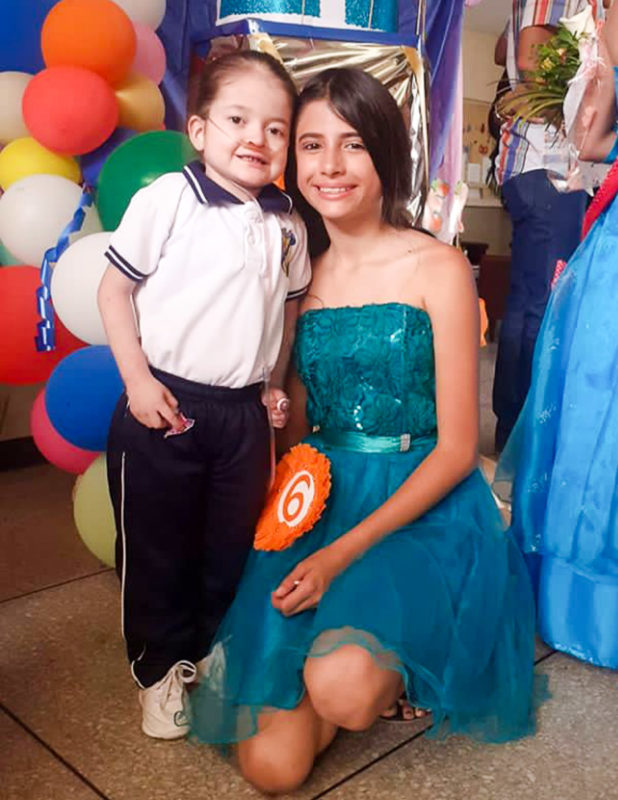
In July of 2019, they held a raffle that allowed them to buy a power plant exclusively for connecting the machine when there is an outage. Nevertheless, the constant blackouts, which as of the month of December would cripple the entire city at the same time, affected the normal operation of the concentrator, which then began to malfunction.
Luckily for Gaby and her parents, they were able to overcome the new hurdle through the networks: a woman in Cúcuta donated an oxygen concentrator that belonged to a relative. The device was fitted with a surge protector to prevent damage.
Now when they go to Merida for Gaby’s consultations, they bring the power plant with them so that she can breathe on their way there. They also have an oxygen cylinder for emergencies, but it can only be refilled in the cities of Mérida and Ejido, at a company called Gama Gases.
María Gabriela patiently awaits for her suffering to end through a transplant. It is not known for sure whether it will work or not, for she is still too young to receive adult lungs.
In the meantime, while that opportunity materializes, whether in Argentina or Spain, which are the places that could take her in, Gaby and her parents are bound to spend their days searching for the light on the other side of the city.
Translation: Yazmine Livinalli
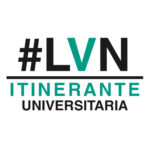 This story was produced within the framework of the La Vida de Nos Itinerante Universitaria program,
This story was produced within the framework of the La Vida de Nos Itinerante Universitaria program,  which offers workshops on real-life storytelling for university students and professors from 16 Social Communication schools in seven Venezuelan states.
which offers workshops on real-life storytelling for university students and professors from 16 Social Communication schools in seven Venezuelan states.

1322 readings
In 2019, I finished the five-year communication and media program at the Universidad of the Andes, Táchira Campus. That experience changed the way I see the world and allowed me to find my place in it. I am more of a listener than a talker. #SemilleroDeNarradores [Seedbed of Storytellers].
2 Comentario sobre “Searching for the Light on the Other Side of the City”